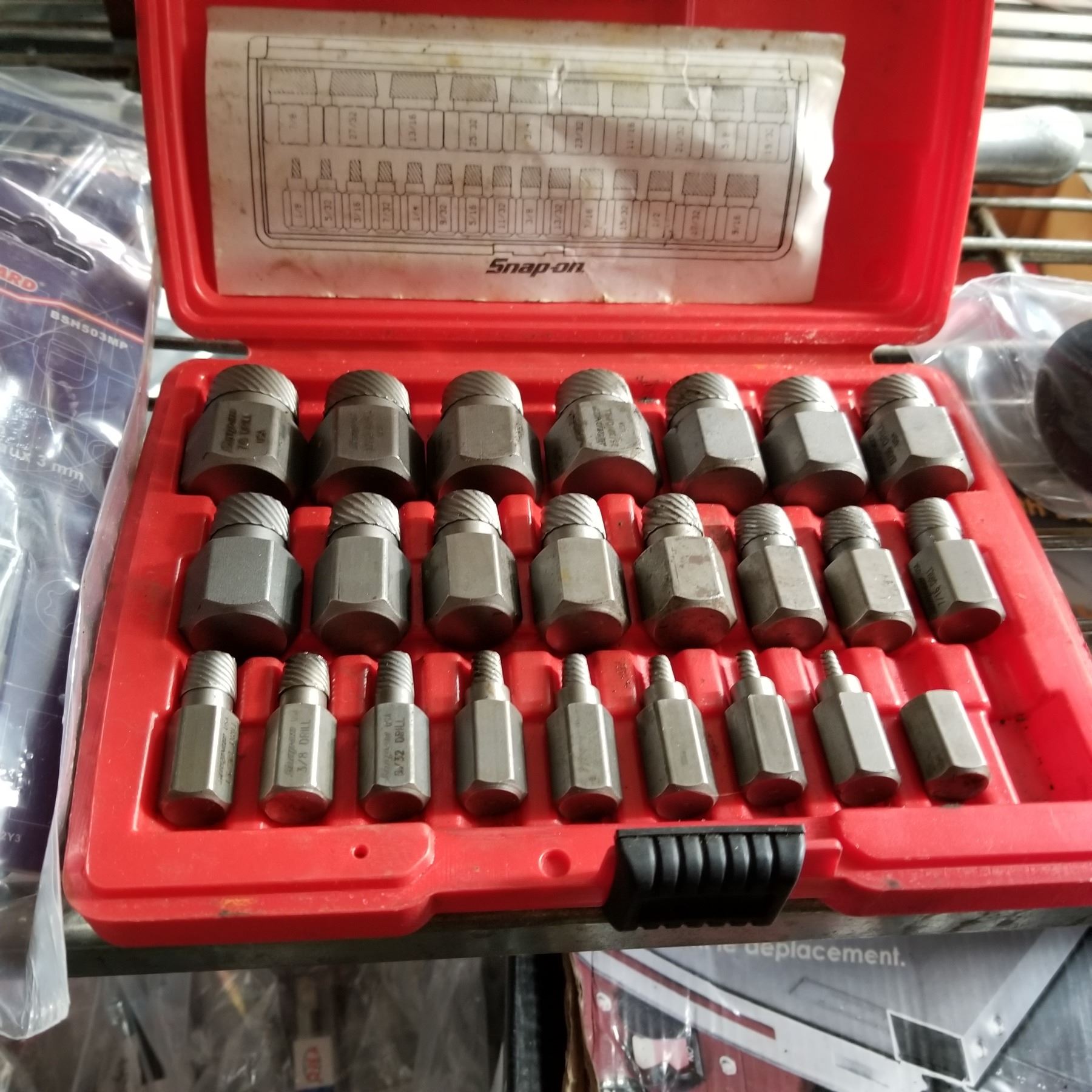

Some birds take advantage of human activity, such as carrion crows in Japan, which drop nuts in front of cars to crack them open. Parrots may use tools to wedge nuts so that they can crack open the outer shell of nuts without launching away the inner contents. Woodpecker finches insert twigs into trees in order to catch or impale larvae. Some birds, such as weaver birds, build complex nests utilising a diverse array of objects and materials, many of which are specifically chosen by certain birds for their unique qualities. Tailorbirds manufacture 'pouches' to make their nests in. Tool use in some birds may be best exemplified in nest intricacy. They mainly manufacture probes out of twigs and wood (and sometimes metal wire) to catch or impale larvae. New Caledonian crows are among the only animals that create their own tools.


Many or most mammals of the order Carnivora have been observed using tools, often to trap prey or break open the shells of prey, as well as for scratching and problem-solving.Ĭorvids (such as crows, ravens and rooks) are well known for their large brains (among birds) and tool use. Sea otters will use rocks or other hard objects to dislodge food (such as abalone) and break open shellfish. A group of dolphins in Shark Bay uses sea sponges to protect their beaks while foraging. In addition to primates and elephants, many other social mammals particularly have been observed engaging in tool use. Many famous researchers, such as Charles Darwin in his 1871 book The Descent of Man, have mentioned tool use in monkeys (such as baboons).Īmong other mammals, both wild and captive elephants are known to create tools using their trunks and feet, mainly for swatting flies, scratching, plugging up waterholes that they have dug (to close them up again so the water does not evaporate), and reaching food that is out of reach. Some novel tool-use by primates may arise in a localised or isolated manner within certain unique primate cultures, being transmitted and practised among socially connected primates through cultural learning.

BEST EASY OUT BOLT EXTRACTOR KIT FULL
Wild tool use in other primates, especially among apes and monkeys, is considered relatively common, though its full extent remains poorly documented, as many primates in the wild are mainly only observed distantly or briefly when in their natural environments and living without human influence. Chimpanzees have often been the object of study in regard to their usage of tools, most famously by Jane Goodall, since these animals are frequently kept in captivity and are closely related to humans. Primates are well known for using tools for hunting or gathering food and water, cover for rain, and self-defence. A wide range of animals, including mammals, birds, fish, cephalopods, and insects, are considered to use tools. There is considerable discussion about the definition of what constitutes a tool and therefore which behaviours can be considered true examples of tool use. Originally thought to be a skill possessed only by humans, some tool use requires a sophisticated level of cognition. Tool use by animals is a phenomenon in which a non-human animal uses any kind of tool in order to achieve a goal such as acquiring food and water, grooming, defence, communication, recreation or construction.


 0 kommentar(er)
0 kommentar(er)
